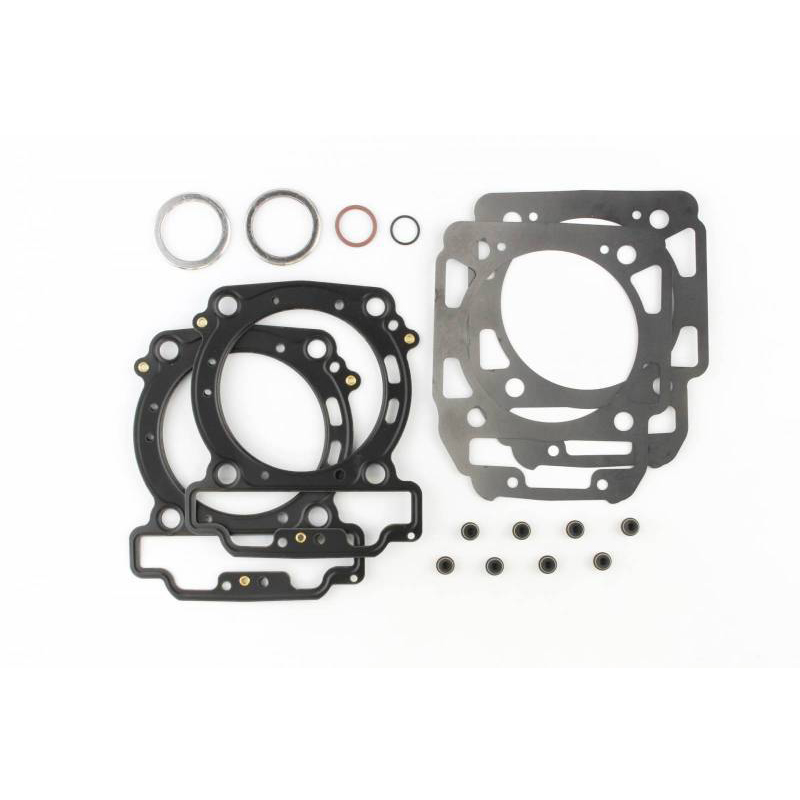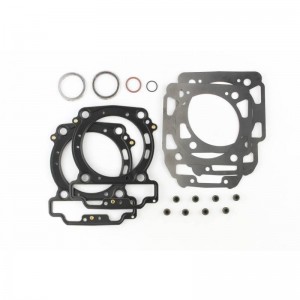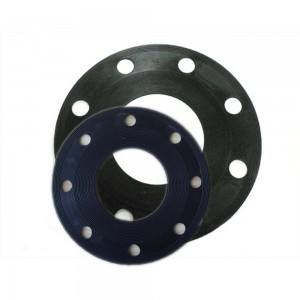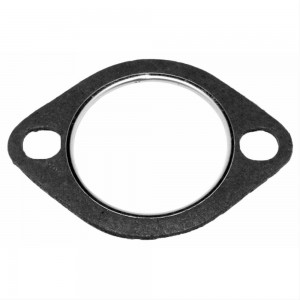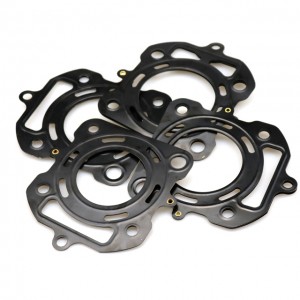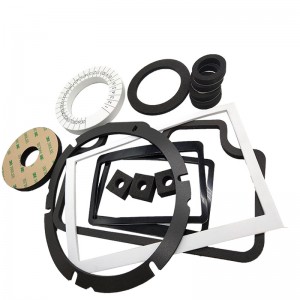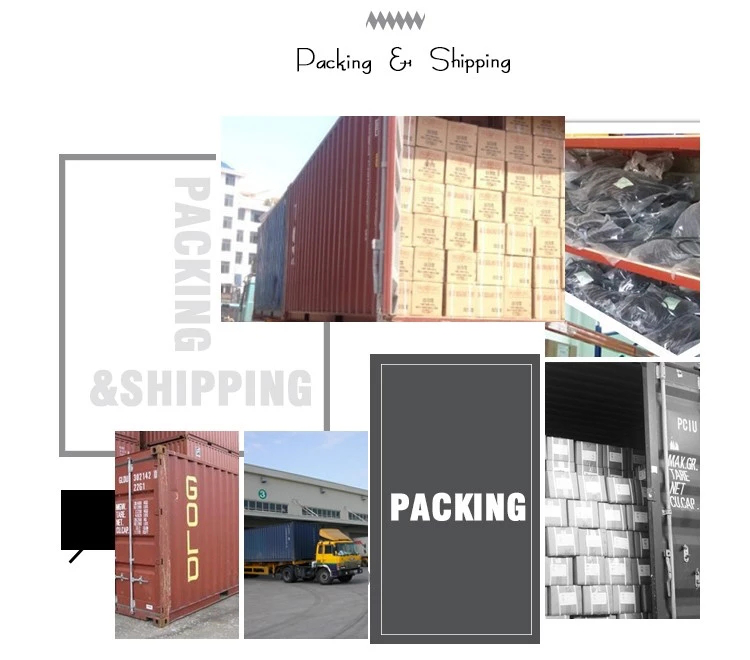Dans la tuyauterie, un joint est un matériau d'étanchéité placé entre les brides de connexion pour créer un joint statique, qui maintiendra l'étanchéité dans toutes les conditions de fonctionnement. Différents types de joints sont utilisés pour obtenir une étanchéité étanche entre la bride du tuyau. La fonction principale des joints est de sceller les irrégularités de chaque face de la bride afin qu'il n'y ait aucune fuite du fluide de service du joint de bride.
Les types de joints à utiliser dans un service de fluide donné dépendent de paramètres tels que
1. Température – Le matériau du joint doit résister à toute la plage de températures de conception du fluide qu’il manipule.
2. Pression – Le matériau du joint doit résister à toute la plage de pression de conception du fluide qu'il manipule.
3. Résistance à la corrosion – Le matériau du joint ne doit pas se corroder lorsqu'il entre en contact avec le fluide qu'il manipule ou par l'exposition environnementale.
4. Types de fluides – Le matériau du joint doit être capable de gérer différents types de fluides s'il est installé dans une conduite qui gère plusieurs types de fluides.
5. Robustesse – Le joint doit être capable de résister à tous les mouvements pouvant survenir en raison des changements de température et de pression.
6. Disponibilité – Le joint doit être facilement
7. Coût – Un joint bon marché et peu fiable ne doit pas être utilisé en même temps, il ne devrait pas être coûteux.
Sélection de joint
La sélection appropriée du joint dépend des facteurs suivants.
Compatibilité du matériau du joint avec le fluide.
Capacité à résister à la pression-température du système.
La durée de vie du joint
Il est important de comprendre les exigences d’applications particulières avant de sélectionner un joint. Les joints doivent maintenir une étanchéité pendant une période acceptable contre toutes les forces opérationnelles impliquées. Il y ahuit propriétés importantesque tout joint doit posséder pour y parvenir –
1. Imperméabilité – Le joint ne doit pas être poreux au fluide à sceller.
2. Compressibilité – Le joint doit se comprimer dans les imperfections des faces d'étanchéité des brides pour créer l'étanchéité initiale.
3. Relaxation des contraintes (résistance au fluage) – Le joint ne doit pas présenter d'écoulement significatif (fluage) lorsqu'il est soumis à une charge et à une température. Un tel débit permettra aux boulons de se détendre, de réduire les contraintes à la surface du joint et de provoquer des fuites.
4. Résilience – Bien que normalement stables, les brides bougent en fait légèrement les unes par rapport aux autres sous l'influence des cycles de température et de pression. Le joint doit être capable de compenser de tels mouvements.
5. Résistance chimique – Le joint doit résister aux attaques chimiques du fluide de traitement manipulé. De même, le matériau du joint lui-même ne doit pas contaminer le milieu de traitement.
6. Résistance à la température – Le joint doit être capable de résister aux effets des températures maximales et minimales au sein du processus et aux températures atmosphériques externes.
7. Antiadhésif – Le joint doit être facilement amovible après utilisation.
8. Anticorrosion – Le joint ne doit pas provoquer de corrosion sur les faces des brides.
Types de joints
Il existe trois types de joints utilisés dans la tuyauterie de procédé.
Non métallique
Métallique
Composite
| Non métallique | Métallique – Joint annulaire | Composite |
| Joint en fibre compressée sans amiante (CNAF) | Joint d'anneau ovale | Joints enroulés en spirale |
| Joint PTPE | Joint annulaire octogonal | Joints de profil |
| Joint en caoutchouc | Joint à gaine métallique |
Tous les matériaux sont traités avec un revêtement antiadhésif des deux côtés pour mieux protéger le joint et la machine elle-même.
| Matériel | Type de joint | Matériel | Application | Températures maximales de courte durée |
| NCA-45 | Joint en liège | Mélange liège/caoutchouc synthétique | Résistance moyenne à l’huile pour la plupart des applications d’étanchéité : p Couvre-soupapes p Carters d'huile p Carters de transmission | jusqu'à 200°C (392°F) |
| CMP-4000 | Joint en papier | Matériau MicroPore compressé, combinant une matrice de fibres synthétiques unique et un liant en caoutchouc nitrile butadiène entièrement durci | Excellentes propriétés de capacité et de rétention de couple pour les applications OEM et industrielles. | jusqu'à 350°C (650°F) |
| HFL-171 | Joint en papier | Liant en caoutchouc nitrile butadiène entièrement durci | Application intensive et industrielle : p Moteur Diesel p Transmission p Réfrigération p Tuyauterie | jusqu'à 290°C (550°F) |
| HFL-781 | Joint en papier | Matériau de joint à gonflement contrôlé avec des liants en styrène butadiène et en caoutchouc naturel | Application résistante d'étanchéité à l'huile : p Moteur diesel p Carters d'huile p Couvertures avant | jusqu'à 290°C (550°F) |
| M5201 | Joint en papier | Matériau haute densité avec liant en caoutchouc nitrile butadiène entièrement durci | Application de moteur diesel robuste : p Résistance à l'huile p Résistance au carburant | jusqu'à 290°C (550°F) |
| MP-15 | Joint en papier | MicroPore avec un liant Nitrile Butadiène | Excellente capacité de pression des brides et rétention du couple des boulons pour les applications intensives : p Compresseurs p Moteurs diesel pAutres | jusqu'à 205°C (400°F) |
| N-8092 | Joint en papier | Cellulose renforcée avec liant Nitrile | Excellente résistance à l'écrasement à haute pression de bride pour les applications de moteurs diesel et de compresseurs : p Huile p Carburant p Eau | jusqu'à 180°C (350°F) |
| PF-4S | Joint en papier | Fibres synthétiques, charges avancées et liants Nitrile Butadiène | Diverses applications d’huile, d’air et de liquide de refroidissement : p Carters d'huile p Couvertures avant p Collecteurs d'admission p Joints arrière | jusqu'à 290°C (550°F) |
| Matériel | Type de joint | Matériel | Application | Températures maximales de courte durée | |
| RN8011 | Papier | Joint | Matériau en fibres de cellulose de faible densité avec une haute teneur en caoutchouc et un liant en caoutchouc nitrile butadiène | Excellente étanchéité à faibles pressions de bride pour les applications d’huile et d’eau : p Moteur p Joints de carter de transmission p Pompes à eau p Joints environnementaux | jusqu'à 180°C (350°F) |
| S-8091 | Papier | Joint | Matériau lié au styrène-butadiène à durcissement latent avec fibre de cellulose renforcée | Excellente étanchéité pour : p Huile p Carburant p Vapeur basse pression | jusqu'à 180°C (350°F) |
| TS-9016 | Papier | Joint | Liant en caoutchouc styrène butadiène entièrement durci et mélange de fibres d'aramide et de cellulose | Applications d'huile et d'eau | jusqu'à 290°C (550°F) |
| VB-72 | Papier | Joint | MicroPore avec un liant Nitrile Butadiène | Applications lourdes : p Corps de vanne p Applications soumises à des pressions de fluide et à des débits élevés p Résistance à l’érosion | jusqu'à 290°C (550°F) |
| EMC-7201 | Métal | Joint | Structure composite composée de revêtements de joint en nitrile butadiène haute densité entièrement durcis, fusionnés chimiquement et mécaniquement à un noyau en acier expansé. | Applications de joints structurels de moteurs Diesel hautes performances : p Carter d'engrenages p Carters de volant moteur p Joints hydrauliques haute pression | |
| HTX-900 7% | Métal | Joint | Matériau de revêtement à haute température recouvert de graphite, fusionné chimiquement et mécaniquement à un noyau en acier expansé | Applications d'étanchéité à haute résistance, intégrité thermique et performances antiadhésives : p Collecteurs d'échappement p Collecteur p Collectionneur p Joints du système EGR | |
| ML6 | Métal | Joint | Fibre de cellulose sans amiante combinée avec du latex nitrile et des résines thermodurcissables | Application d'étanchéité de support métallique haute performance, sans extrusion : Collecteurs d'admission Transmission Système de freinage Application industrielle | jusqu'à 205°C (400°F) |
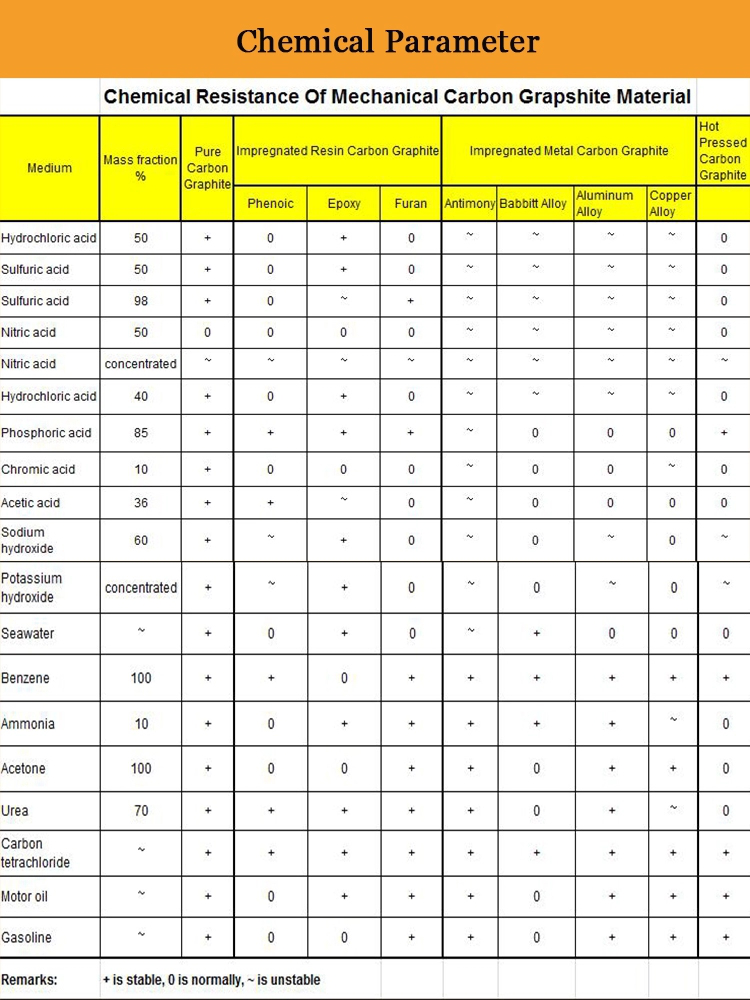
Noircissement, polissage, anodisation, chromage, zingage, nickelage, teinture, etc.


